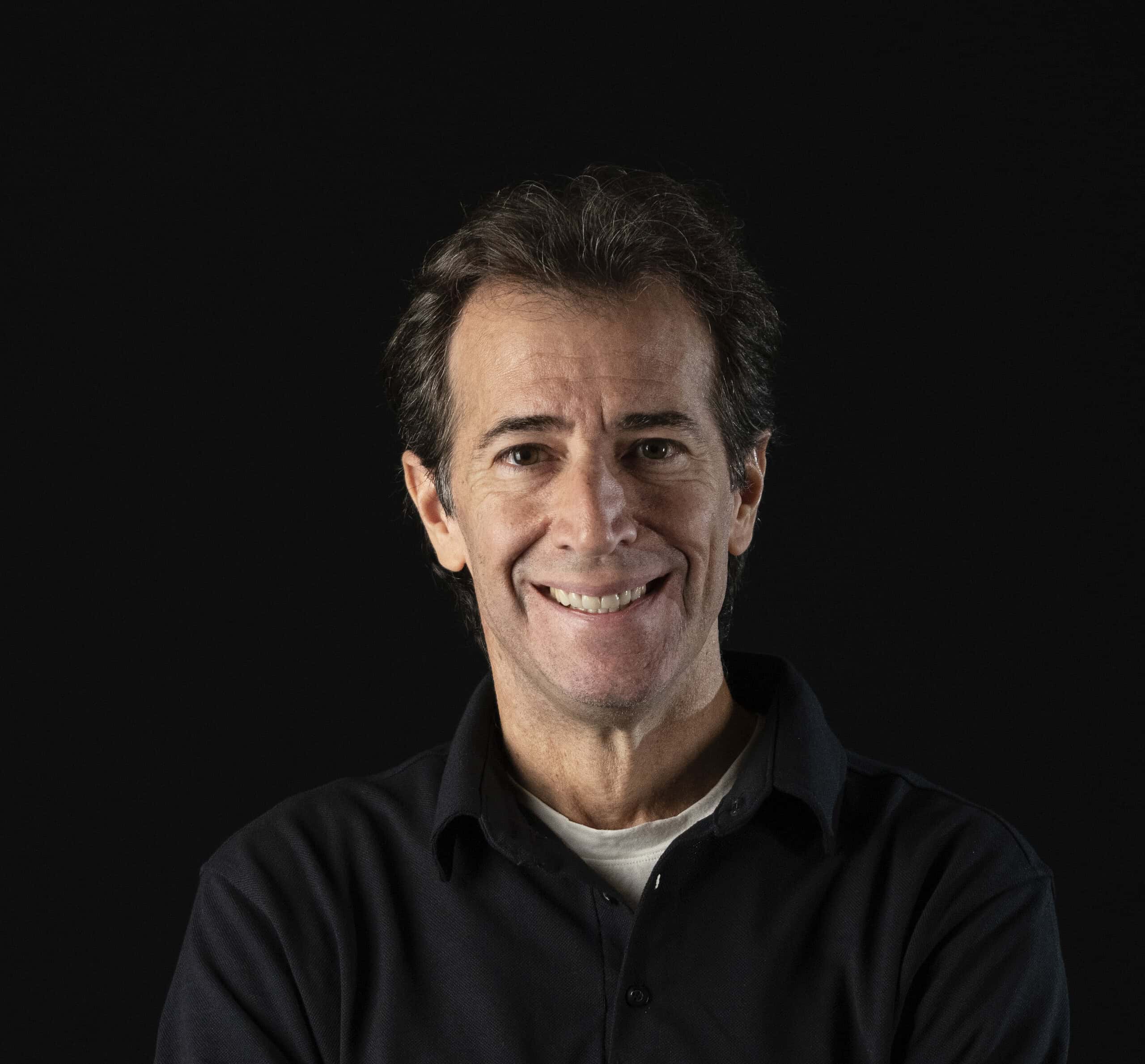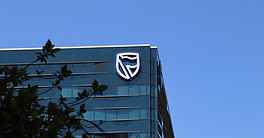Global Finance spoke with André Portilho, head of digital assets at BTG Pactual, and Rafaella Dortas, executive director and head of BTG Pactual’s ESG team, about how the bank incorporates technology into its strategies.
Global Finance: What drives the innovation that you’re building into your business?
André Portilho: Innovation is essential tool for the continual evolution of products, processes and services to meet current and future market demands. We invest in innovative solutions that maintain a human touch, and our open innovation model integrates with startups and other partners. In Brazil, BTG Pactual is among the pioneers that are building systems in which customers can share their information between institutions.
GF: How have you used technology to overcome business challenges?
Portilho: For years, BTG Pactual discussed plans to bring a retail banking experience to the market. This would require a significant physical presence that, given Brazil’s large size, would take years and considerable capital to build.
Technology developments in the past decade allowed BTG Pactual to rethink this strategy and launch a fully digital retail bank. Our retail funding base has consistently grown. We are now focused on launching our digital business banking platform for SMEs, as we believe this segment in Brazil is underserved.
GF: How is the BTG Dol different from other stablecoins? How do you see digital assets fitting into your overall strategy and the future?
Portilho: BTG Pactual brings an exceptional layer of trust and security to BTG Dol, which is essential for a stablecoin. The BTG Dol is easily accessible through the bank’s platforms, such as the BTG Investimentos app and the Mynt platform.
BTG Pactual is a pioneer in adopting blockchain technologies. The bank sees tokenization as a fundamental component of the future of financial assets.
GF: How can stablecoins bridge the gap between fiat and cryptocurrency markets?
Portilho: Stablecoins provide a less-volatile entry point into the crypto markets, attracting investors who might otherwise be wary of the typical fluctuations associated with cryptocurrencies. A broader investor base can lead to increased liquidity and adoption of blockchain technologies.
Additionally, stablecoins facilitate strategic partnerships between traditional financial institutions and fintech innovations. These collaborations enhance product offerings and operational efficiencies, helping institutions to seamlessly integrate with digital markets while maintaining robust compliance and governance frameworks. This enriches the financial ecosystem and ensures a standardized approach to managing digital transactions.
GF: How has technology innovation advanced sustainability initiatives?
Rafaella Dortas: All of BTG Pactual’s relationships and transactions undergo a socioenvironmental due-diligence process based on the principles of relevance and proportionality. For each business segment and industry, the Environmental, Social and Governance Management System [ESGMS] specifically addresses ESG risk so that it’s appropriately identified, assessed, classified, monitored and mitigated. We have also developed systems and processes to facilitate our ESG risk analysis. These include a customized system used for SMEs [small and midsize enterprises] that compares companies with various publicly available data sources, including an extensive database of socioenvironmental and climate risks. We also have a tool for rural properties that combines satellite imagery with public information and geospatial data to analyze the land’s overlap with different types of territories, Rural Environmental Registry that records protected lands, and embargoed environments.
GF: How will technology impact sustainable finance?
Dortas: Technology accelerates execution and reduces costs in the environmental-asset project development process. There are major barriers in terms of accessing land, but technology can help us overcome these barriers to develop the environmental assets market. The CarbonSpore’s technology [which estimates potential carbon credits a region could produce] provides significant cost savings in monitoring, managing and analyzing opportunities and projects, while facilitating investment decision-making and establishing strategies. With banks increasingly entering the environmental assets market, these tools are revolutionary for the industry. They identify territories that are more likely to achieve socioenvironmental and climatic success. Also, CarbonSpore helps create strategies for expanding project areas that generate better results in terms of social quality and biodiversity. It’s impact lies in its agility and its financial savings, which are two of the biggest challenges in the environmental assets market.




